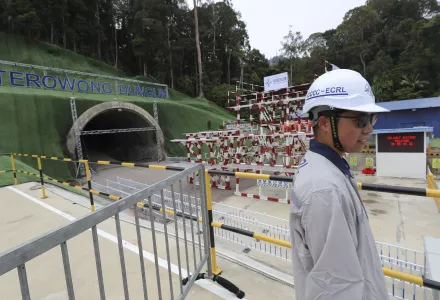
Abstract
Introduction: The Belt and Road Initiative (BRI) is an important cooperative framework that increasingly affects the global economy, trade, and emission patterns. However, most existing studies pay insufficient attention to consumption-based emissions, embodied emissions, and non-CO2 greenhouse gases (GHGs). This study constructs a GHG emissions database to study the trends and variations in production-based, consumption-based, and embodied emissions associated with BRI countries.
Outcome: We find that the per capita GHG emissions of BRI countries are lower than the global average but show significant variation within this group. We also find that trade-embodied emissions between BRI countries and China are growing. As a group, BRI countries are a net exporter of GHGs, with a global share of net export emissions of about 20%. In 2011, nearly 80% of GHG export emissions from BRI countries flowed to non-BRI countries, and nearly 15% flowed to China; about 57% of GHG import emissions were from non-BRI countries, and about 38% were from China.
Conclusion: Therefore, this study concludes that the BRI should be used to coordinate climate governance to accelerate and strengthen the dissemination and deployment of low-emissions technologies, strategies, and policies within the BRI so as to avoid a carbon-intensive lock-in effect.
Hou, Jing, Xu Deng, Cecilia Han Springer and Fei Teng. "A Global Analysis of CO2 and Non-CO2 GHG Emissions Embodied in Trade with Belt and Road Initiative Countries." Ecosystem Health and Sustainability, (2020).
The full text of this publication is available via Ecosystem Health and Sustainability.




